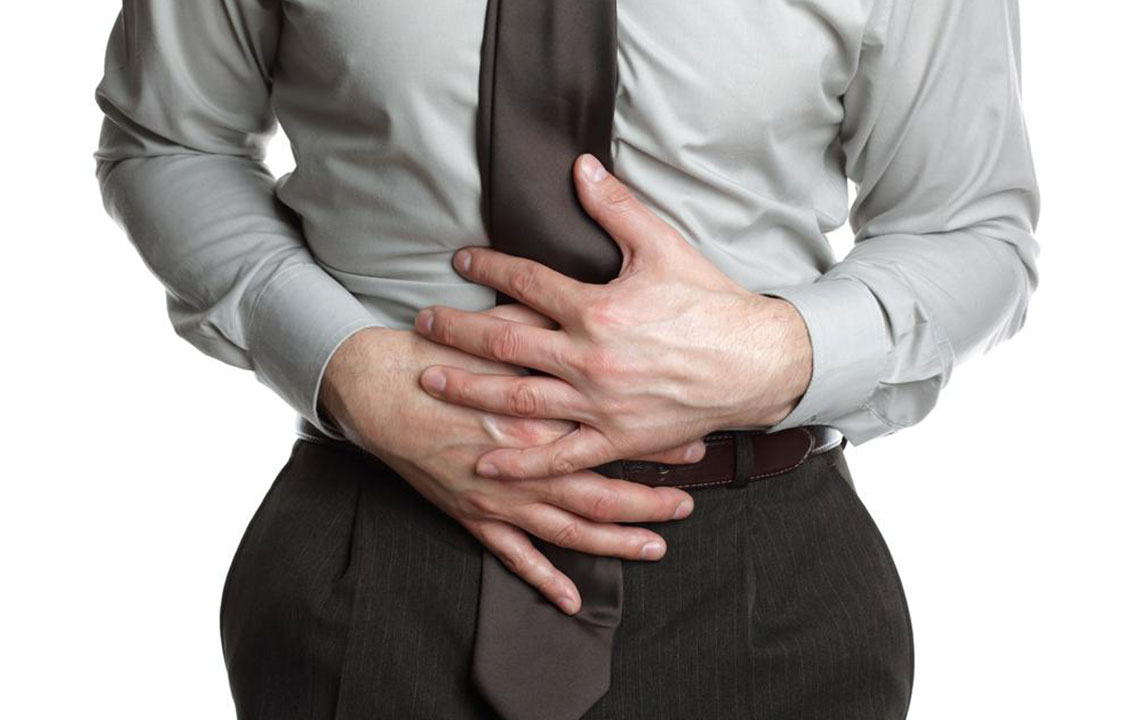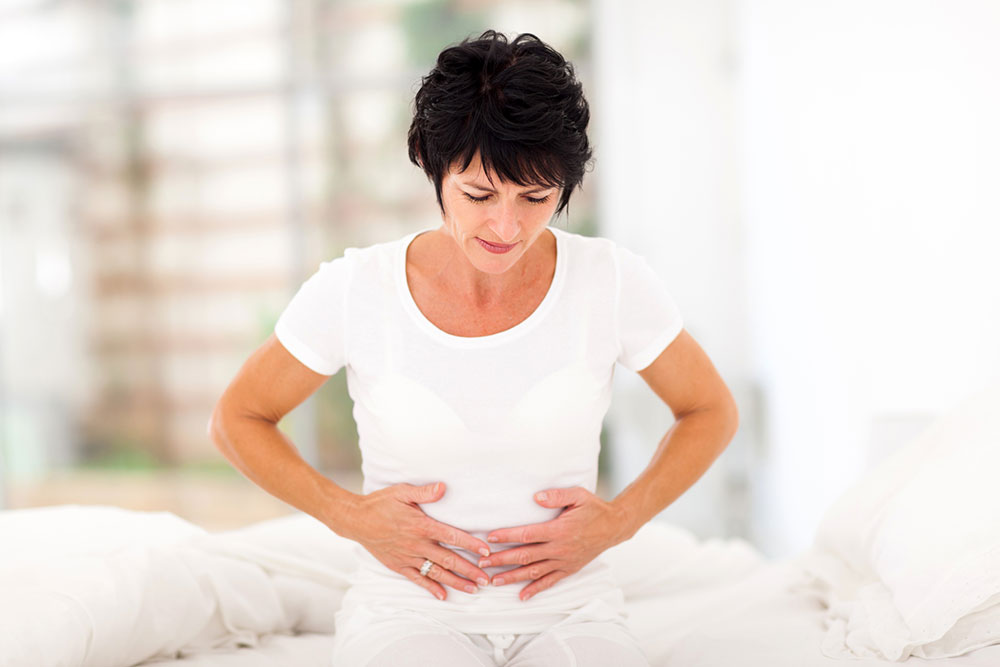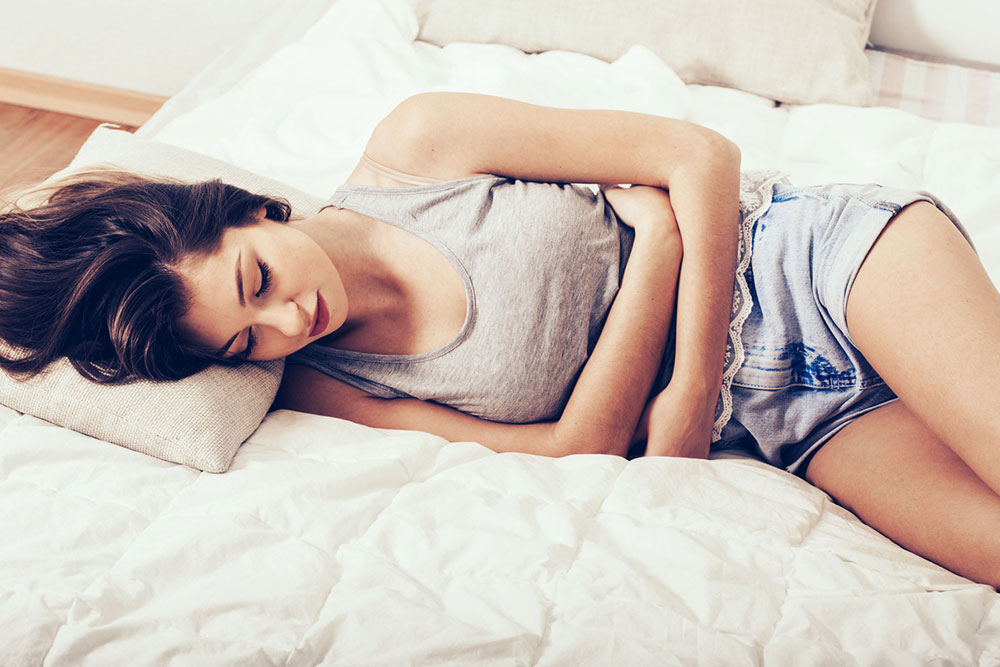Comprehensive Guide to External Hemorrhoids: Causes, Symptoms, and Advanced Treatment Options
This comprehensive guide explores external hemorrhoids, detailing their causes, symptoms, and modern treatment options. It emphasizes preventative measures, lifestyle changes, and when to seek medical advice. Advanced therapies like minimally invasive procedures offer effective relief, helping patients regain comfort and normalcy. Understanding and managing external hemorrhoids is crucial for maintaining quality of life and preventing complications. This article provides valuable insights for those affected or seeking to learn more about this common condition, ensuring informed healthcare decisions.

External hemorrhoids are swollen, twisted veins that develop around the opening of the anus, often causing significant discomfort and inconvenience. These hemorrhoids result from increased pressure on the blood vessels in the anal area, leading to their enlargement and stretching. While often overlooked or misunderstood, external hemorrhoids are a common health issue affecting millions worldwide, especially among individuals with sedentary lifestyles, those who experience frequent constipation, or during pregnancy. Understanding their causes, recognizing the symptoms, and exploring effective treatment options can significantly improve quality of life.
External hemorrhoids are typically located beneath the skin around the anus. They are visible and palpable, often presenting as lumps or swelling that can cause pain and irritation. Due to the high density of sensory nerves in the area, these hemorrhoids tend to be particularly painful, especially during bowel movements or when sitting for prolonged periods. Given their visibility and pain levels, external hemorrhoids often prompt individuals to seek medical attention promptly.
Causes and Risk Factors of External Hemorrhoids
The development of external hemorrhoids is usually linked to increased pressure in the anal veins. Several factors contribute to this heightened pressure, including:
Chronic constipation and straining during bowel movements: Excessive straining increases pressure on anal veins, causing them to swell.
Persistent diarrhea: Straining due to frequent diarrhea can also lead to hemorrhoid formation.
Pregnancy: The growing uterus exerts pressure on pelvic veins and increases abdominal pressure, leading to hemorrhoids.
Prolonged sitting or standing: Reduced blood flow due to static postures can cause venous dilation.
Lack of physical activity: Sedentary lifestyles contribute to sluggish bowel movements and venous congestion.
Obesity: Excess weight puts additional pressure on pelvic and anal veins.
Poor dietary habits: Low fiber intake results in hard stools and increased straining.
Recognizing Symptoms of External Hemorrhoids
Identifying external hemorrhoids early can help in managing discomfort and preventing complications. Common symptoms include:
Visible swelling or lumps around the anus: Often tender or painful to touch.
Pain or itching: Especially during or after bowel movements, or when sitting.
Bleeding: Bright red blood may be seen on toilet paper or in the toilet bowl.
Discomfort and irritation: May include a feeling of fullness or pressure.
Thrombosis (severe cases): The formation of a blood clot within the hemorrhoid can cause sudden, intense pain, swelling, and a hard lump.
Effective Treatment Options for External Hemorrhoids
Treating external hemorrhoids depends on the severity of symptoms. Mild cases may respond well to conservative measures, while more severe cases might require medical interventions. Here, we explore available treatment options:
Conservative and Home Remedies
High-fiber diet: Incorporating fruits, vegetables, whole grains, and legumes helps produce softer stools, reducing straining.
Increased fluid intake: Staying well-hydrated prevents hard stools.
Warm Sitz baths: Soaking the anal area in warm water several times daily can alleviate pain and reduce swelling.
Topical treatments: Over-the-counter creams, ointments, and suppositories containing hydrocortisone or witch hazel can ease discomfort and inflammation.
Proper hygiene: Keeping the area clean and dry prevents irritation and infection.
Avoiding straining: Use of stool softeners or laxatives if necessary to prevent excessive pressure.
Medications and Minimally Invasive Procedures
Clot removal (Thrombectomy): For painful blood clots, a healthcare professional can remove the clot to relieve symptoms.
Rubber band ligation: Applying a tiny rubber band around the base of the hemorrhoid cuts off blood flow, causing it to shrink.
Sclerotherapy: Injection of a sclerosant solution to shrink the hemorrhoid.
Infrared coagulation: Using infrared light to promote clotting and reduce hemorrhoid size.
Surgical Options for Severe Cases
Hemorrhoidectomy: Traditional surgical removal of large or persistent external hemorrhoids.
Stapled Hemorrhoidopexy: Repositioning and stapling the hemorrhoids to block blood flow, which is less painful and has quicker recovery times.
Laser surgery: A minimally invasive option that uses laser technology for precise removal or reduction of hemorrhoids, resulting in less pain and faster healing.
Preventive Measures and Lifestyle Changes
Preventing external hemorrhoids mainly involves lifestyle modifications geared towards reducing pressure on the anal area:
Maintain a high-fiber diet: To promote regular, soft bowel movements and prevent constipation.
Stay hydrated: Drinking plenty of water throughout the day.
Exercise regularly: Physical activity enhances bowel function and reduces venous pressure.
Avoid prolonged sitting or standing: Particularly on hard surfaces, to improve blood flow.
Practice good hygiene: Keep the anal area clean and dry to prevent irritation and infections.
Manage weight effectively: Maintaining a healthy weight alleviates unnecessary pressure on pelvic veins.
When to Seek Medical Attention
While minor external hemorrhoids can often be managed with home care, certain symptoms require prompt medical evaluation:
If the pain is sudden and severe.
Persistent bleeding or bleeding that worsens over time.
Development of a hard lump that does not diminish.
Signs of infection such as fever, increase in swelling, or pus.
If you experience recurrent episodes despite conservative treatments.
Conclusion: Living with External Hemorrhoids
External hemorrhoids, while common, can significantly impact daily life if left untreated. The key to effective management is understanding the causes, recognizing symptoms early, and adopting a holistic approach that includes dietary changes, lifestyle modifications, and medical interventions when necessary. Advances in minimally invasive procedures have made treatment safer and more effective, providing relief and faster recovery for many patients. Consulting with healthcare professionals is essential for tailored treatment plans and to prevent complications.





